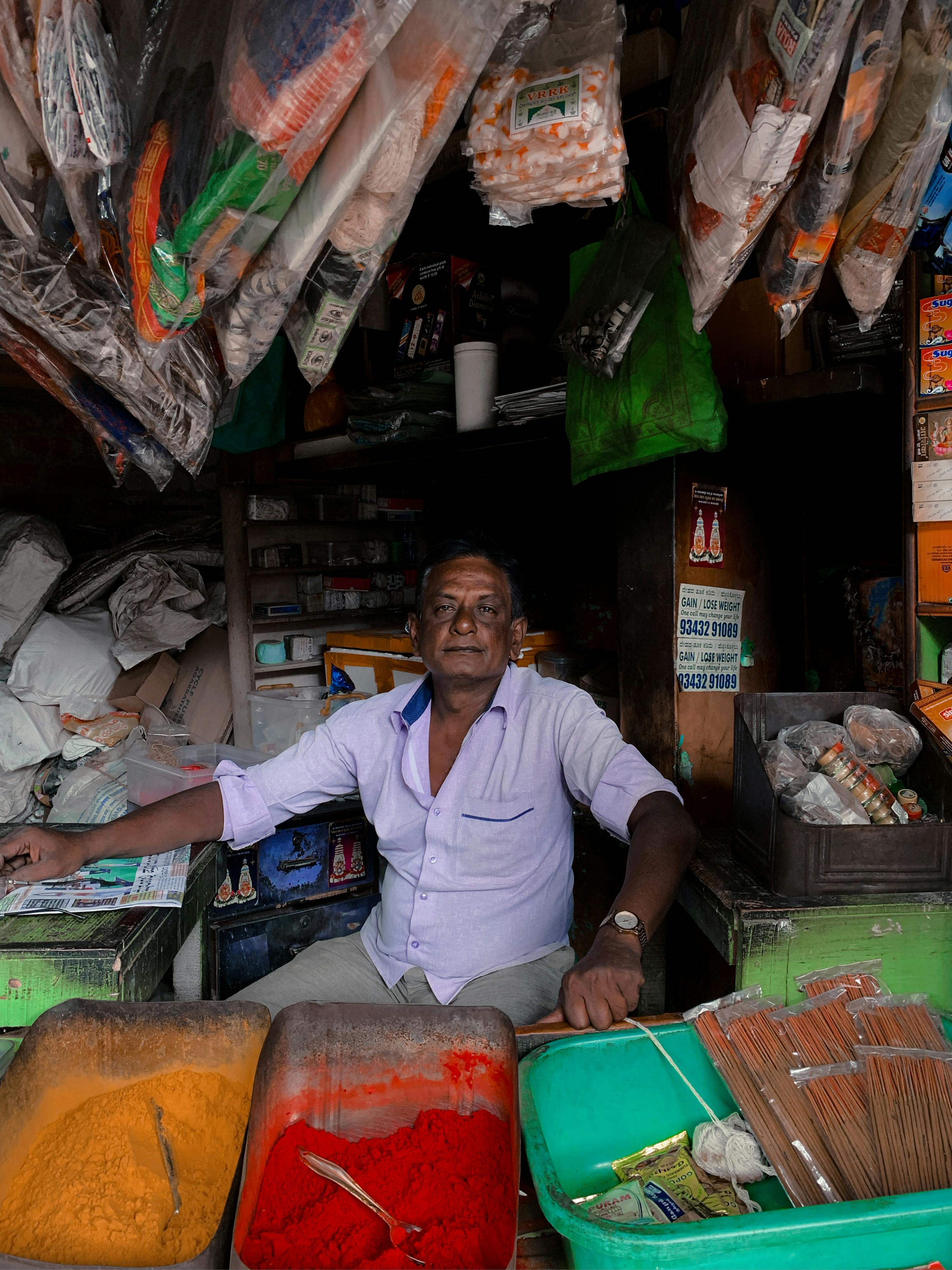SEA-VL Dataset Aims to Bridge Vision-Language Gap in Southeast Asia

Top post
AI for Southeast Asia: SEA-VL Bridges the Gap in Vision-Language Research
Southeast Asia (SEA) is characterized by impressive linguistic and cultural diversity. However, this region is underrepresented in research on vision-language models (VL), which is the connection of image and language understanding through Artificial Intelligence (AI). This often leads to AI models failing to capture the cultural nuances of the region. The SEA-VL initiative aims to close this gap.
SEA-VL is an open-source project dedicated to developing high-quality, culturally relevant data for Southeast Asian languages. By involving contributors from SEA countries, SEA-VL aims to ensure better cultural relevance and diversity, thus promoting stronger inclusion of underrepresented languages in VL research.
The project goes beyond mere crowdsourcing and explores the automatic collection of culturally relevant images through crawling and image generation. The researchers found that image crawling achieves a cultural relevance of about 85% while being more cost- and time-efficient than crowdsourcing.
Despite the considerable progress in generative image models, synthetically generated images proved to be less reliable in representing SEA cultures. The generated images often do not reflect the nuanced traditions and cultural contexts of the region.
Overall, SEA-VL has collected 1.28 million culturally relevant images from Southeast Asia, a dataset that is more than 50 times larger than comparable existing datasets. The project aims to close the representation gap in Southeast Asia and promote the development of more inclusive AI systems that authentically represent the region's diverse cultures.
The Challenges of Data Collection
Creating a comprehensive and representative dataset for Southeast Asia presented the researchers with various challenges. The sheer number of languages and the cultural diversity required a multi-stage approach.
Crowdsourcing proved to be a valuable tool for obtaining culturally specific images. The involvement of local communities made it possible to ensure the cultural authenticity of the data. However, crowdsourcing is time-consuming and expensive.
Crawling images from the internet offered a more efficient alternative. By using carefully selected search terms, large amounts of culturally relevant images could be collected. The challenge was to ensure the quality and relevance of the crawled images.
Generating images using AI models offered another way to expand the dataset. However, it became apparent that the generated images often did not reflect the cultural nuances of the region. This highlights the need for further research in the field of generative image models.
The Importance of SEA-VL for AI Research
SEA-VL makes an important contribution to the development of more inclusive AI systems. By providing a comprehensive and culturally relevant dataset, SEA-VL enables the development of AI models that better understand and represent the diversity of Southeast Asia.
This is particularly important for applications such as image search, image description, and machine translation. AI models trained on SEA-VL can recognize cultural nuances and thus deliver more accurate and relevant results.
SEA-VL is an important step towards a fairer and more inclusive AI that considers the needs of all people, regardless of their cultural background.
Bibliography Cahyawijaya, Samuel et al. “Crowdsource, Crawl, or Generate? Creating SEA-VL, a Multicultural Vision-Language Dataset for Southeast Asia.” arXiv preprint arXiv:2503.07920 (2025). SEACrowd. GitHub Repository. https://github.com/SEACrowd Farhansyah, Mohammad Rifqi. CV. https://rifqifarhansyah.id/static/media/CV_MohammadRifqiFarhansyah.7d44b31752088b1febe2.pdf Hugging Face Papers. https://huggingface.co/papers?q=multilingual%20support OpenReview. https://openreview.net/forum?id=qofNwM4E0w.png)


